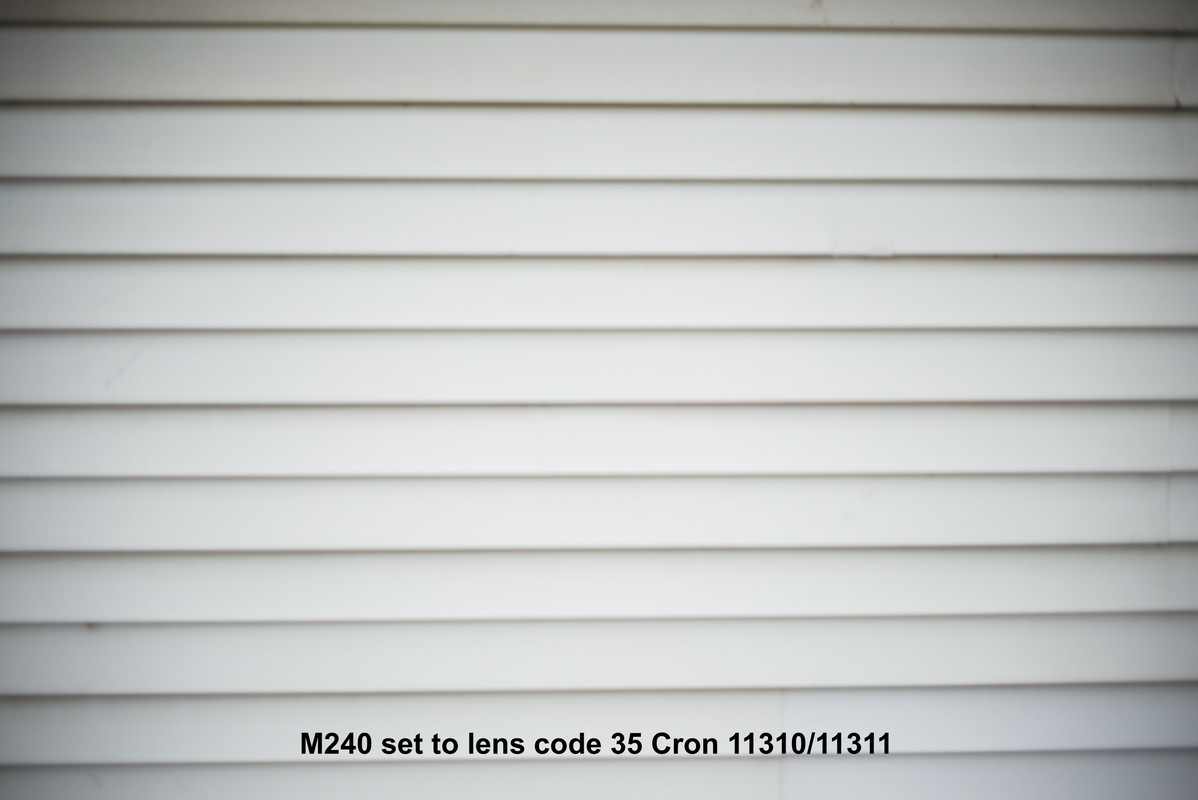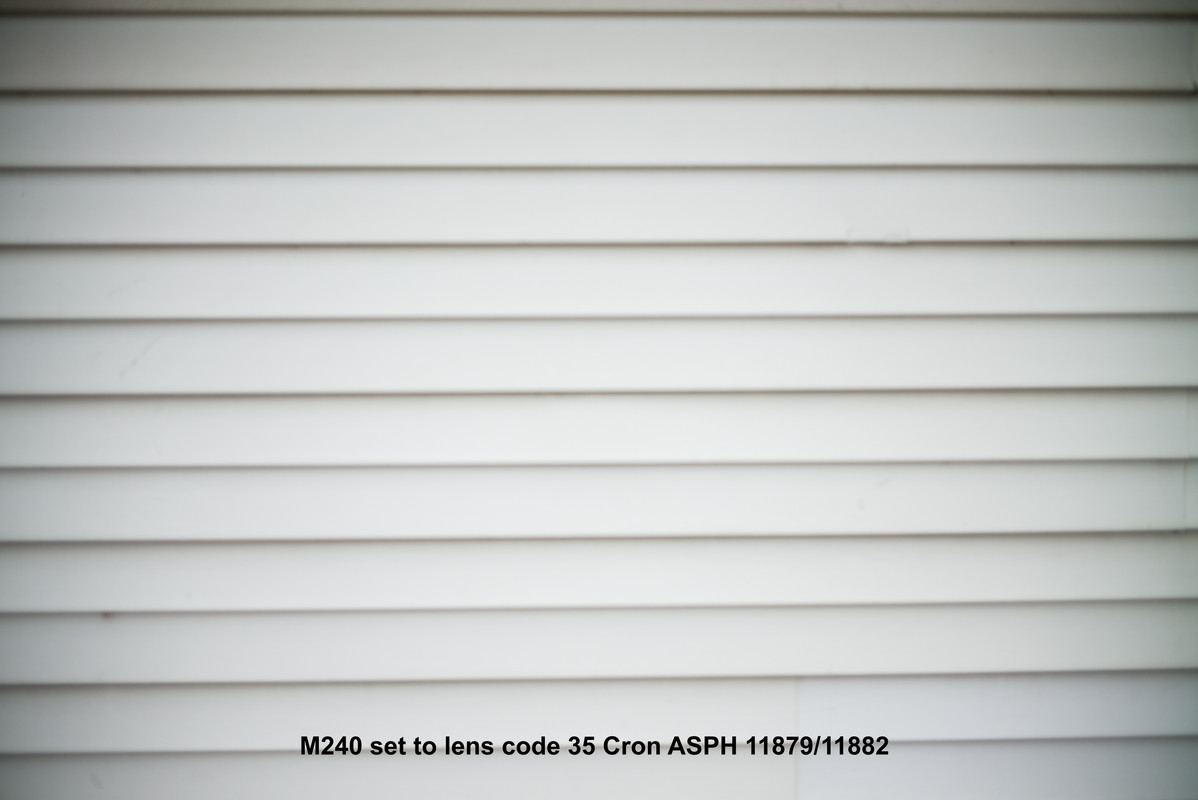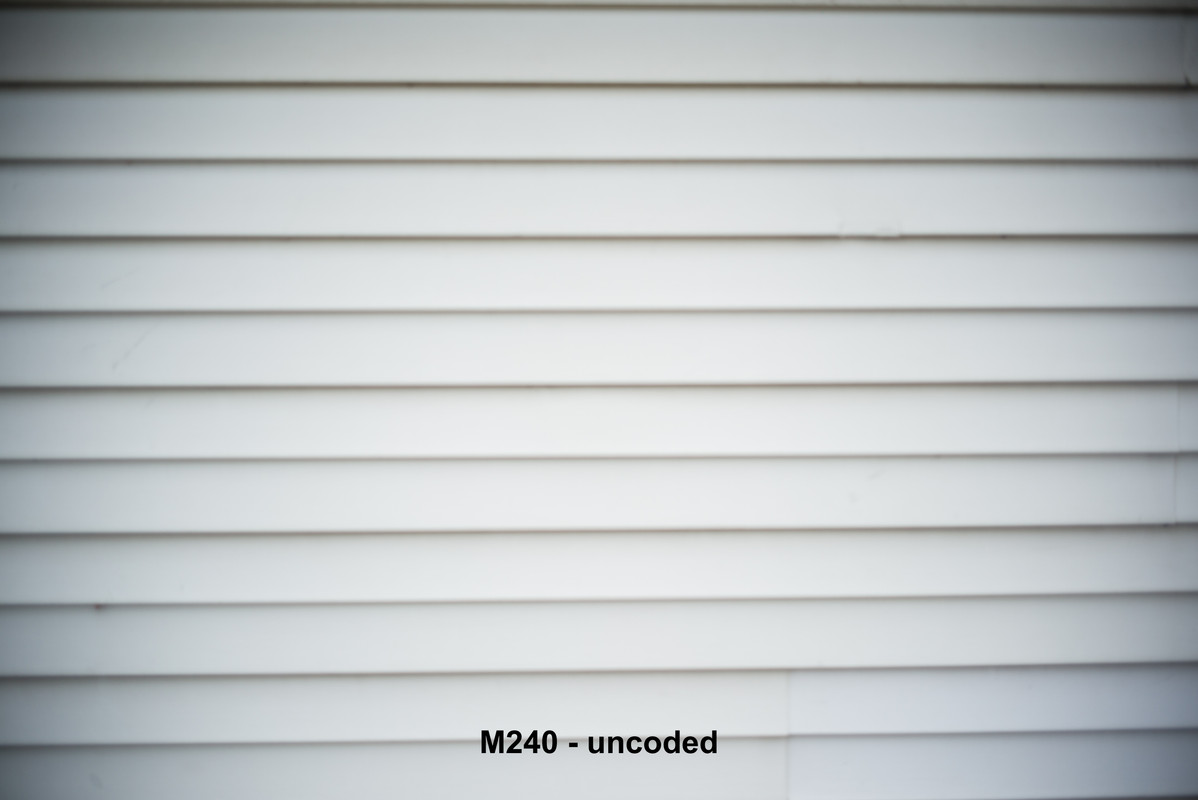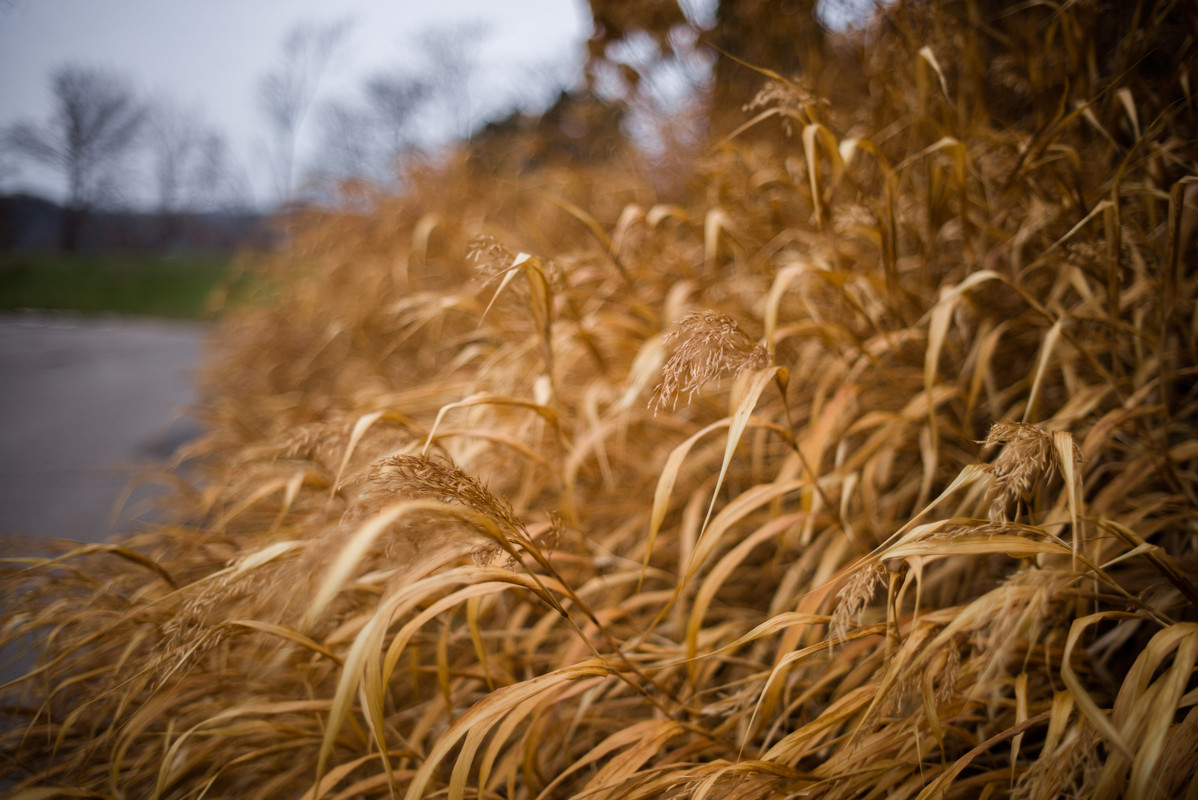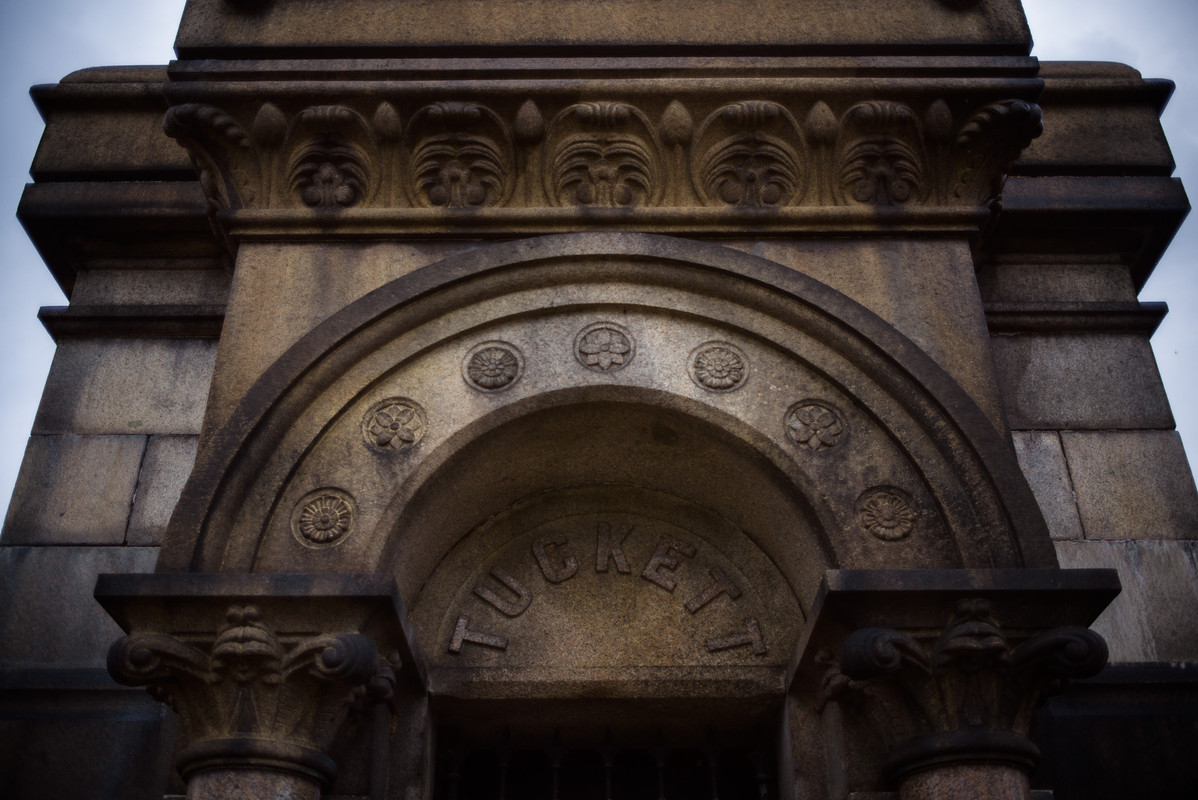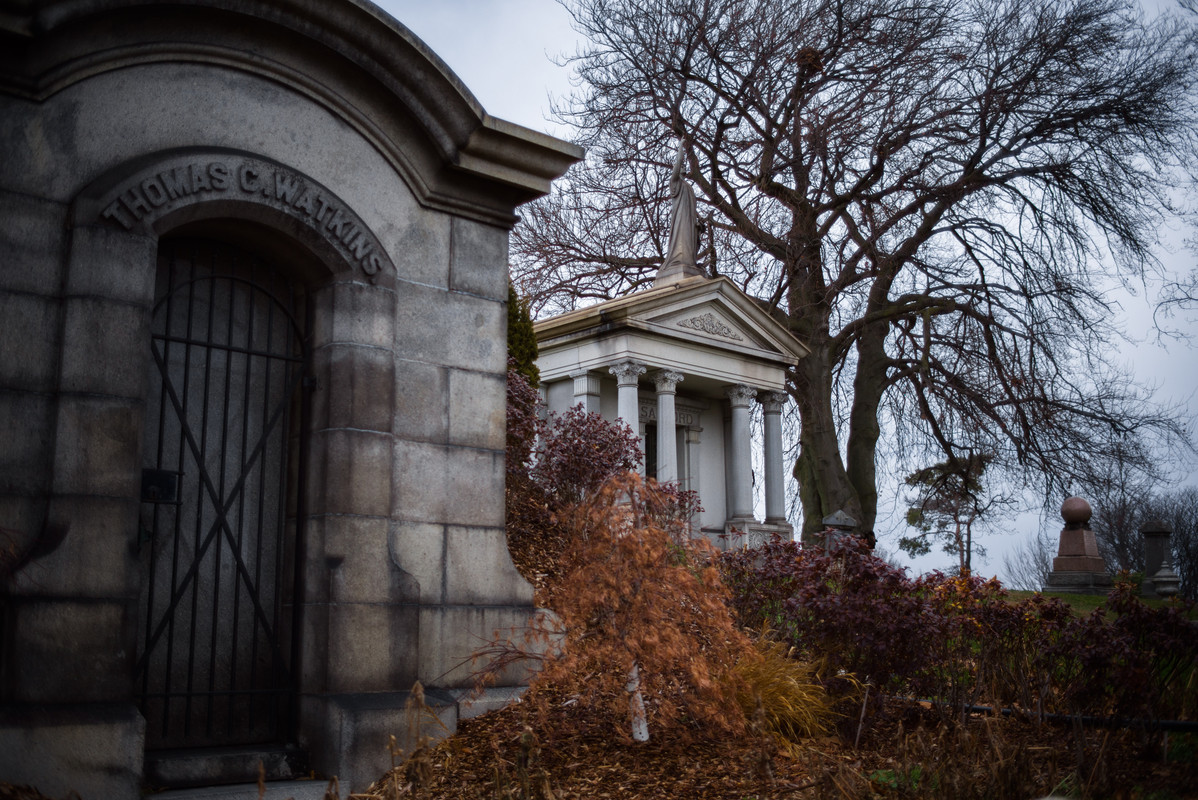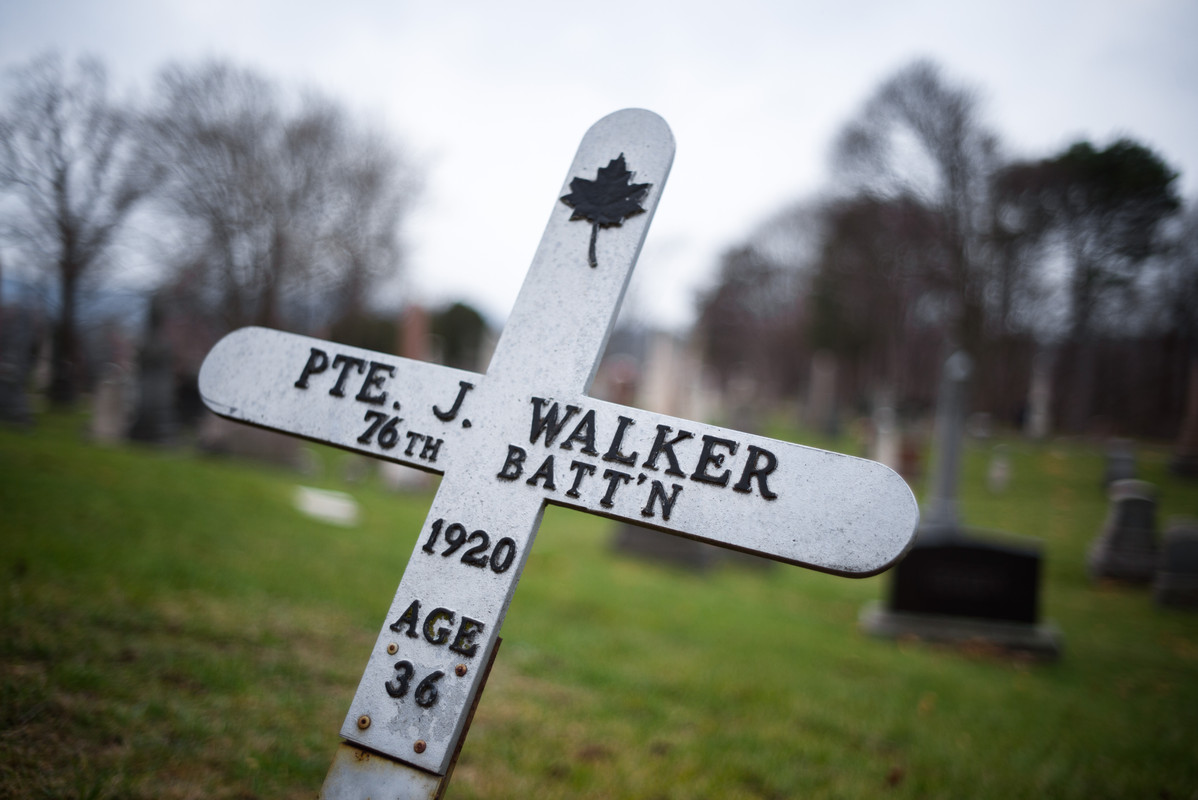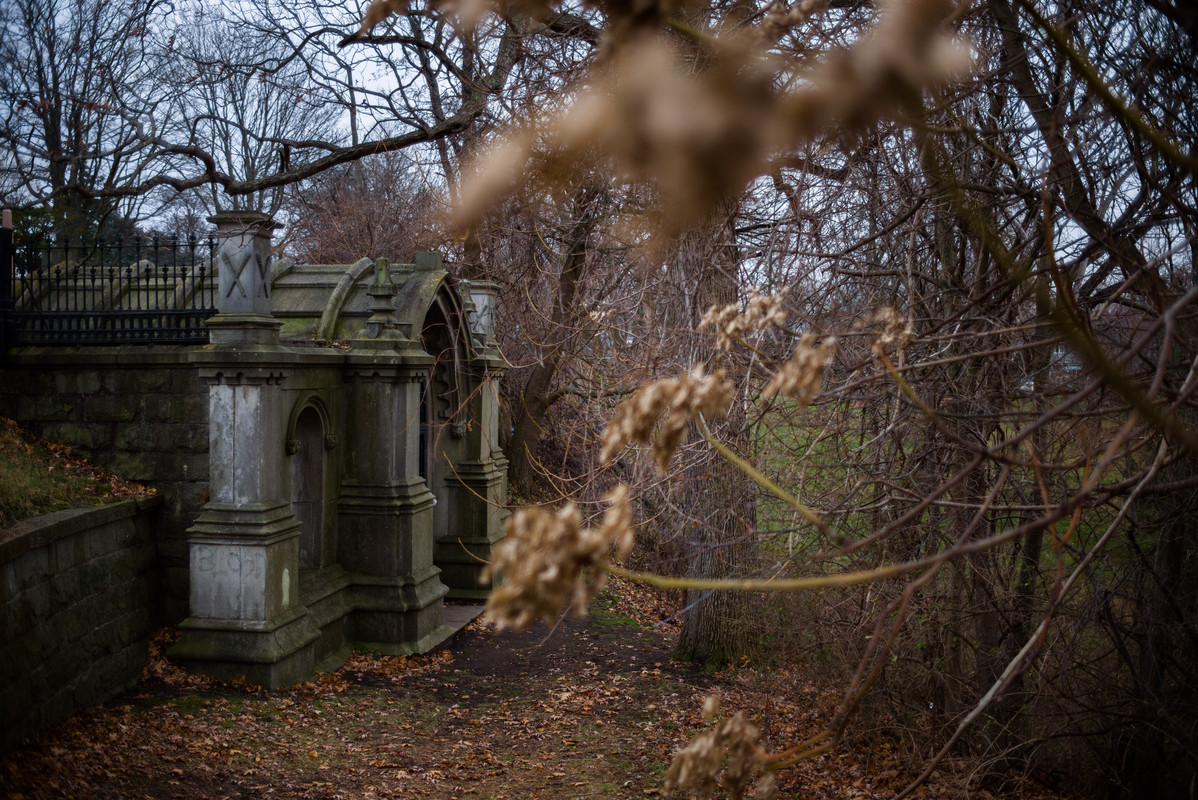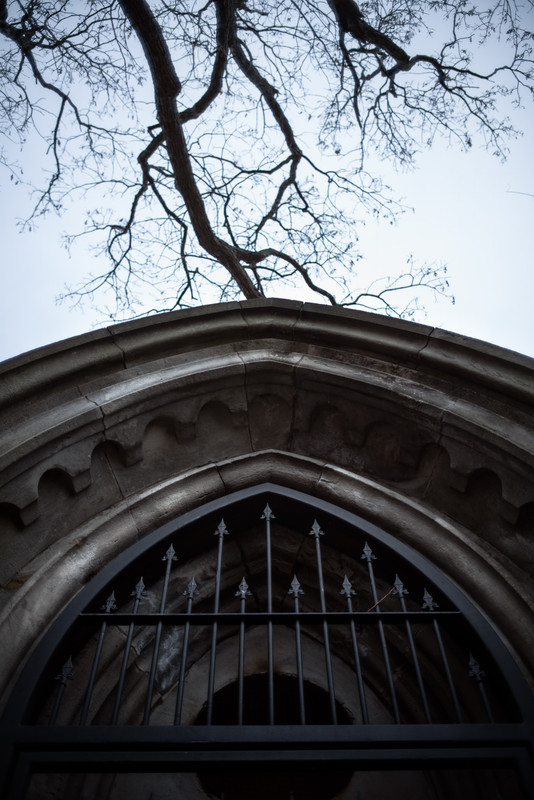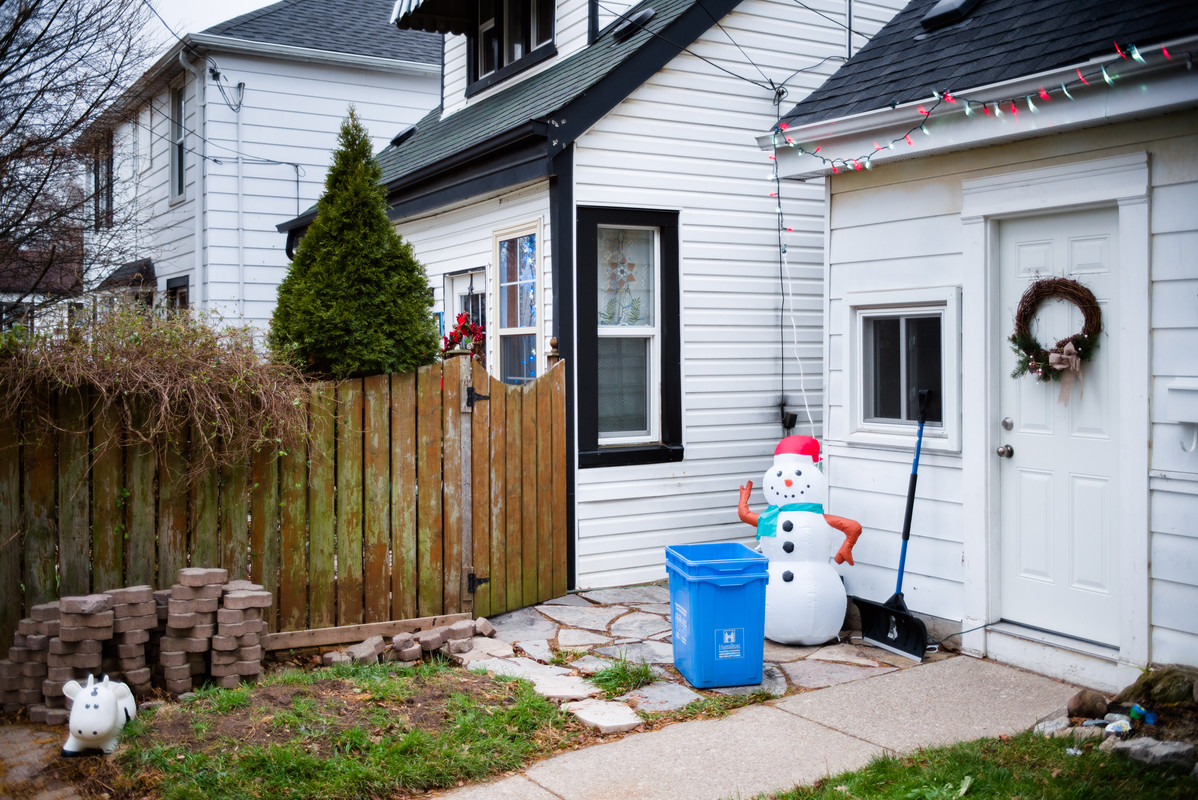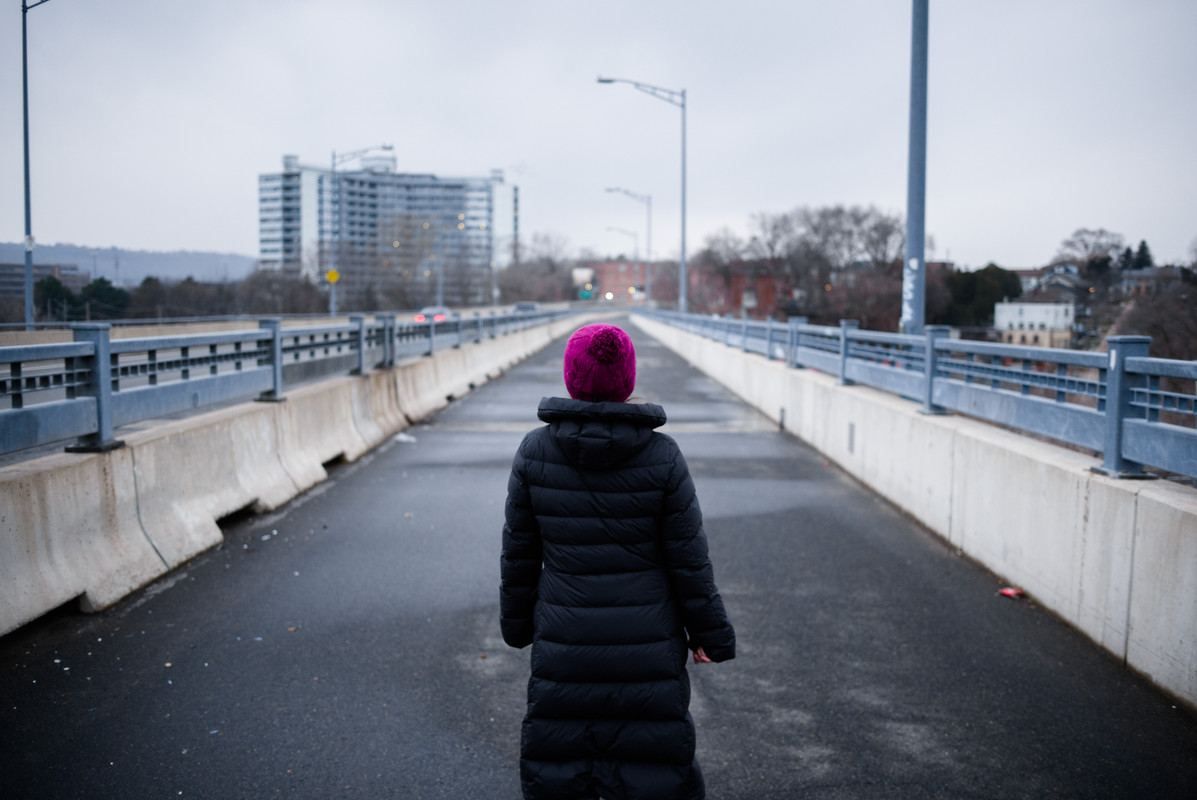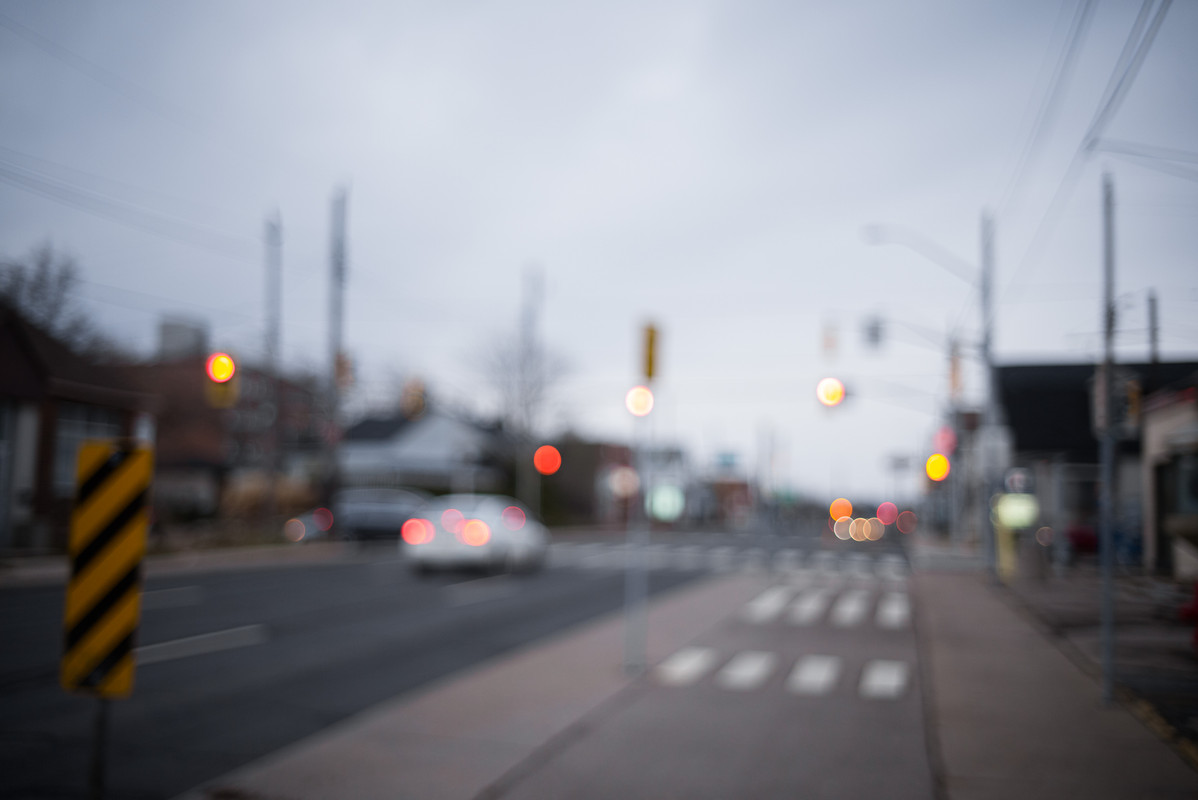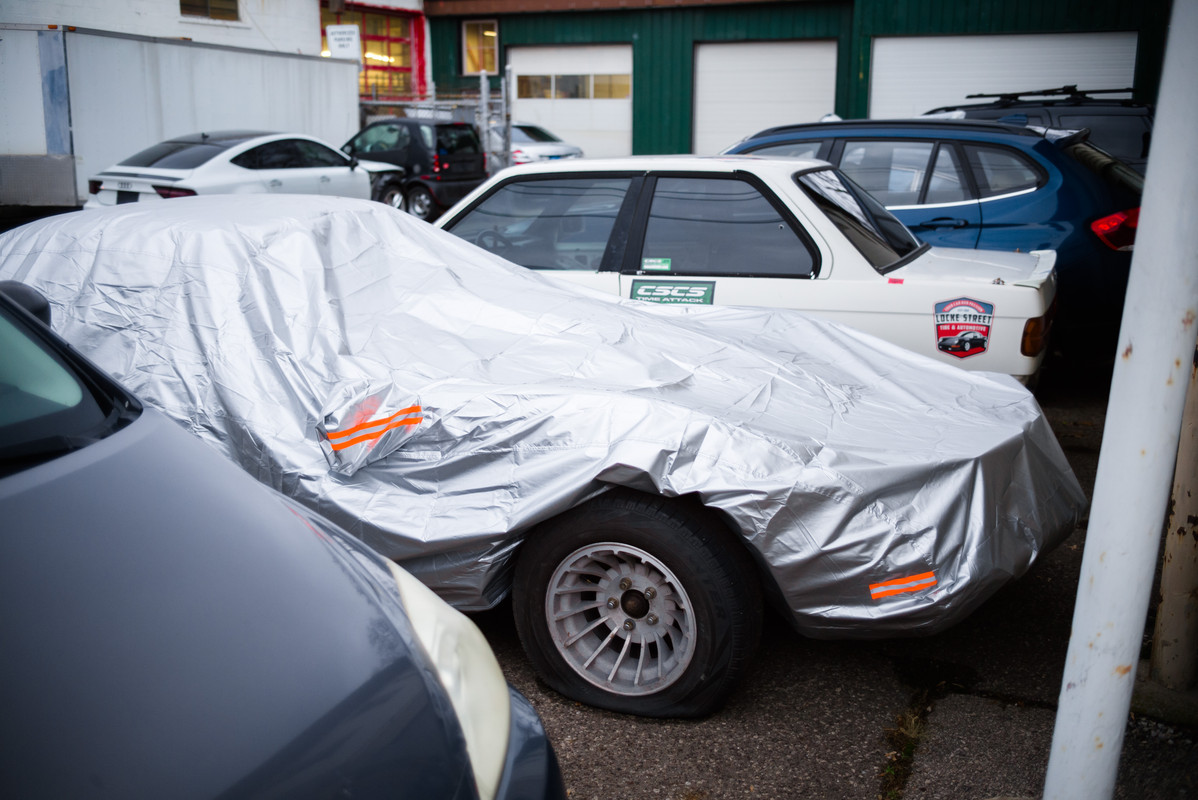@rscheffler,
Just to confirm once and for all if there is focus shift, I had gone out and found a tree, put it dead centre of the frame and took 4 shots at f2, f2.8 f4 and f5.6.
Shot with M9 Monochrom on tripod. jpeg untouched. last 2 digits of the filename indicates the f-stop. You can view them
HERE. (click on "view original" at the left top of the page to see image in full-size).
Thanks!!
I downloaded and had a look at them. My conclusion differs a bit from Dave's.
I see focus shift in your images, but the big difference with your copy is that the center point of focus mostly remains within depth of field for acceptable sharpness.
I think your lens is focus optimized for f/2.8, depth of field masks most of the shift in the center and there is so much SA wide open that it masks the slight front focus (notice how the grass in front of the bus stop sign is in focus wide open, but not the grass directly under the sign - at f/2.8 it's sharp).
In the tree sequence, the bark on the near side of the tree is softer in the very center of the frame at f/5.6 than at f/4, but is sharp on the sides of the tree, and also at the base and top of the tree. This is what I see in my copy - the very center goes softer.
Notice the field curvature in the bus stop sequence: the grass behind the sign get sharper and sharper, until it reaches the far background at f/5.6 in the center of the frame, but not the mid zone areas on the sides, while the railing remains in focus along the sides (the field curves from the background at the center of the frame towards the camera and along the intended plane of focus along the railing).
This is exactly what is shown in my 'tree with benches' sequence. But with your copy, the point of focus in the center remains within depth of field at f/4 (mine does not) and is acceptable, if not critically sharp at f/5.6. This is more noticeable in the tree bark than the text in the sign.
I would guess with your copy, by f/8 depth of field has recovered sharpness in the very center of the image and slightly front focusing at f/5.6 would probably be enough to bring the center back to better sharpness.
Thanks again for taking the time to test your copy!
Ron
I checked your link and found out that shot at F4 is sharper than shot at F5.6. Does it mean that there's a focus shift here? In fact, At F5.6 the lens is back focus.
I think so, based on my comments above.
I received my lens two weeks ago. BP version with uneven f-stop spacings. #500138.
Yossi
Mine is BP with even spacing, number 500151.


